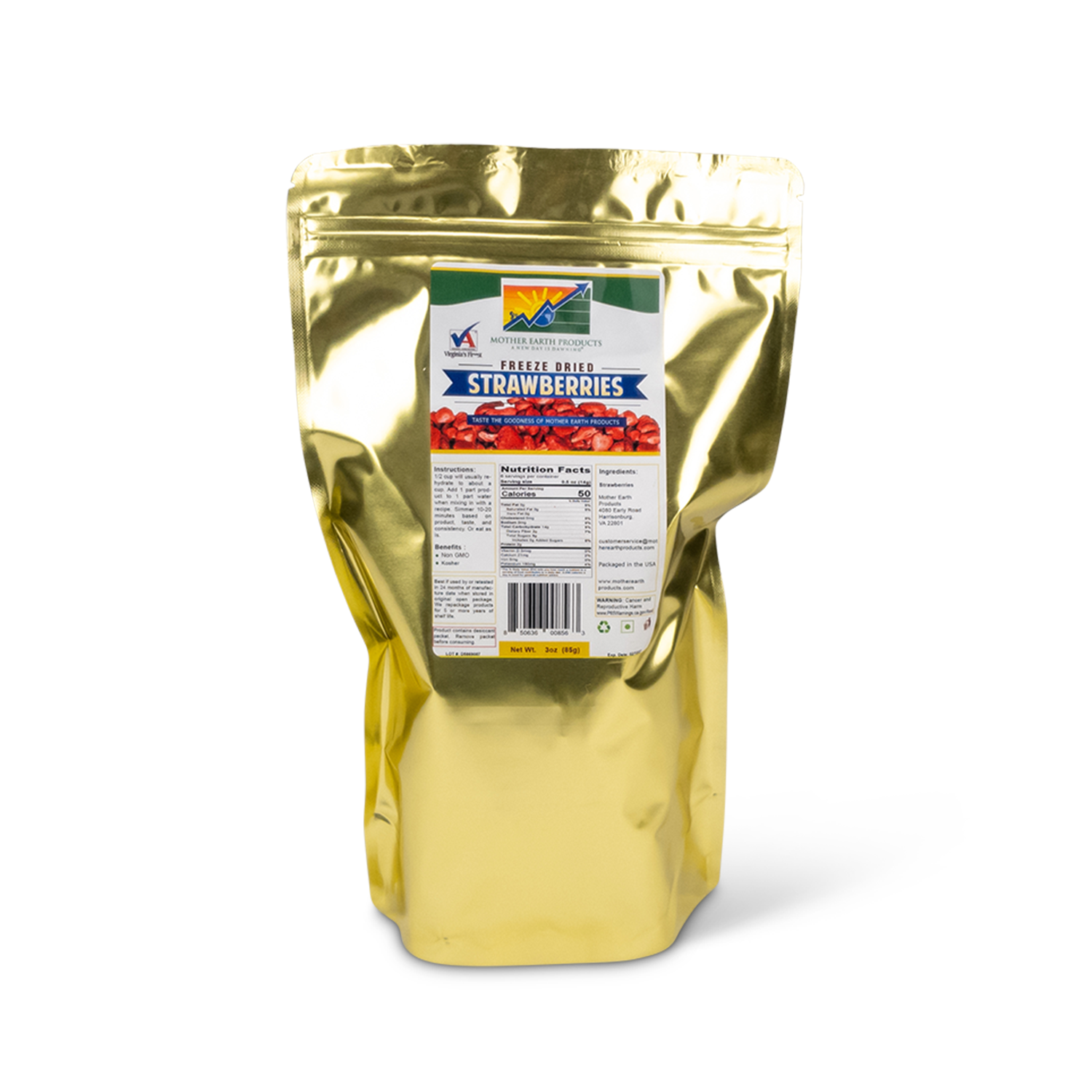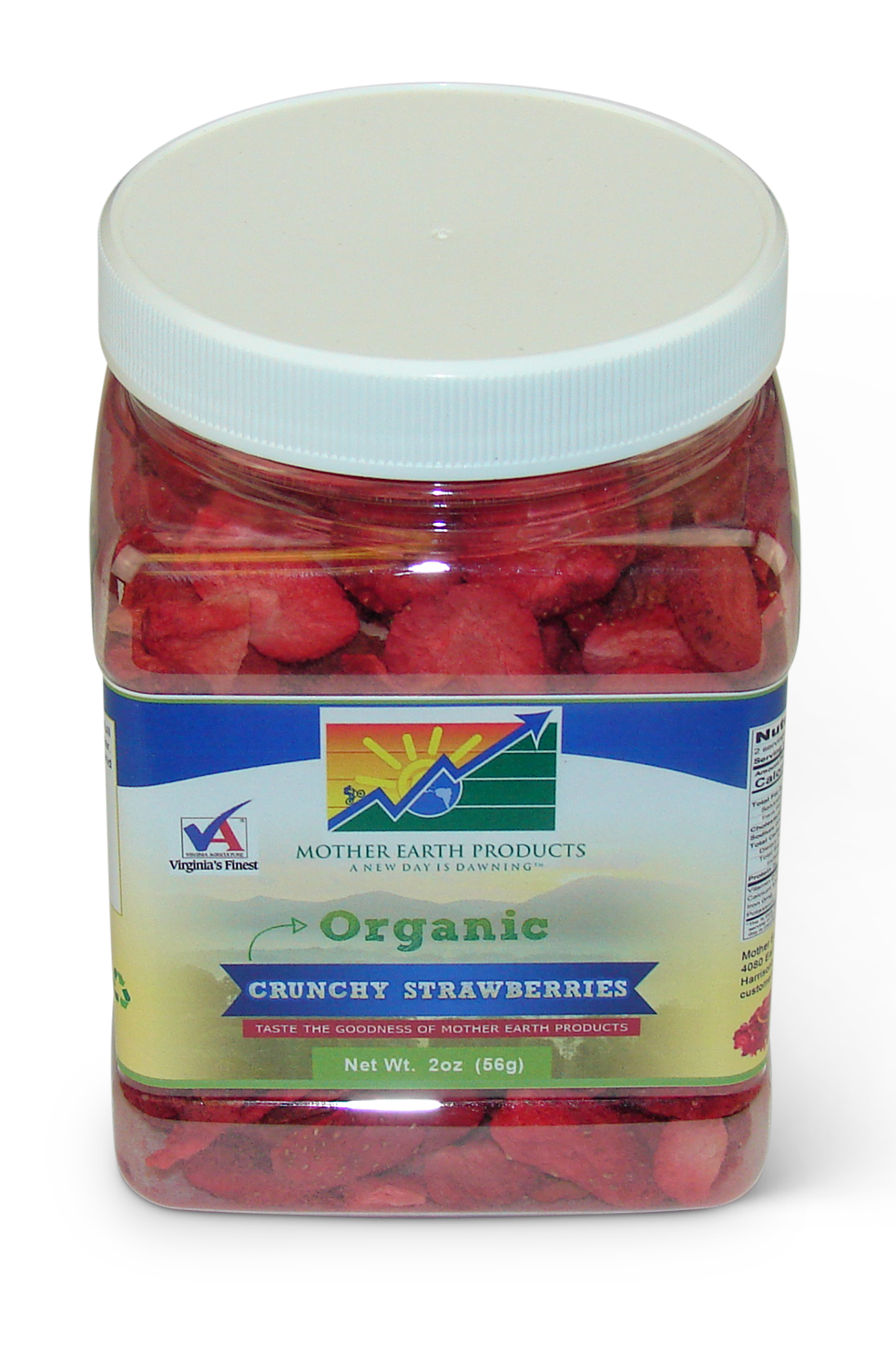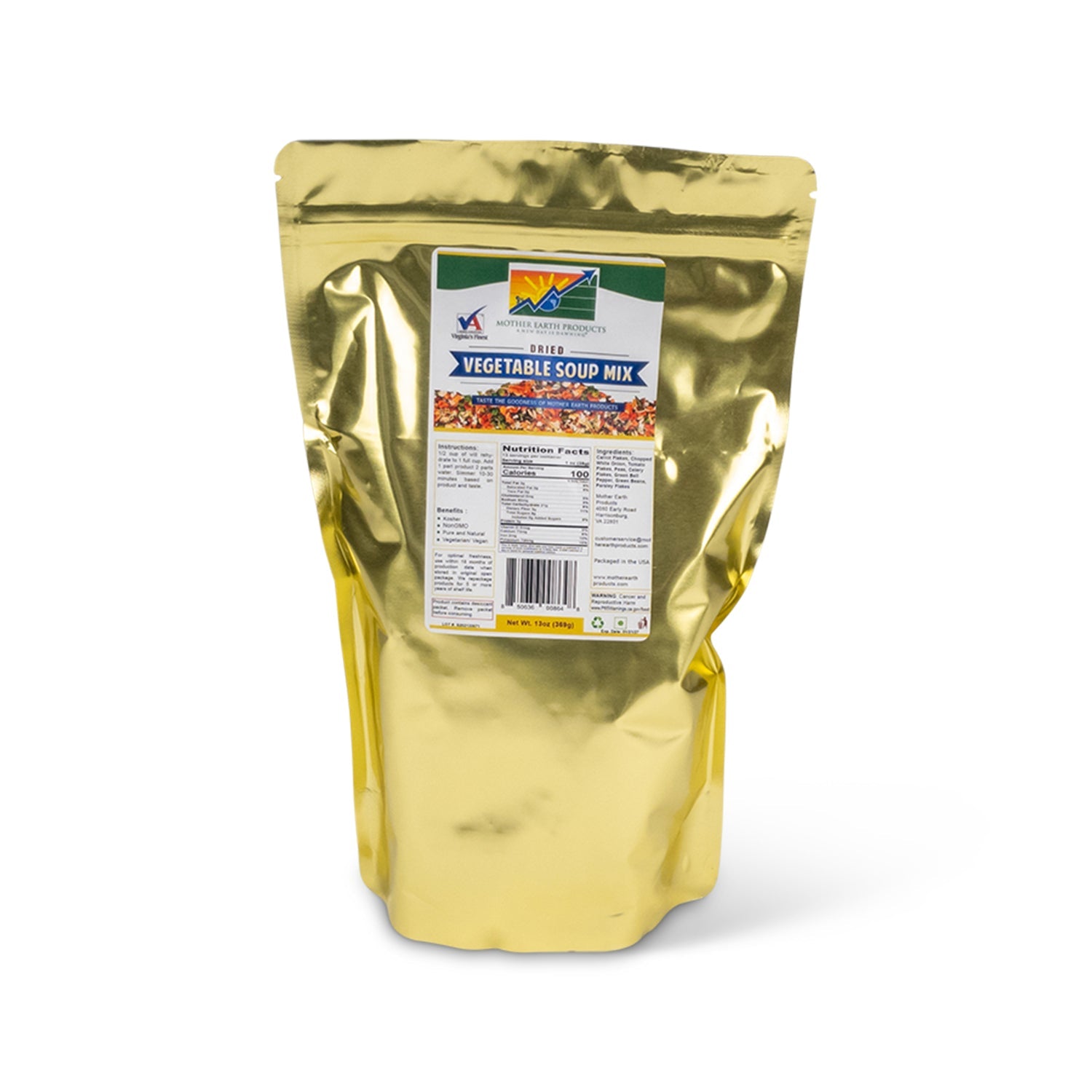Embracing Sustainable Living: A Guide to Reducing Food Waste
American families waste roughly $1,500 in food annually, contributing to over one-third of U.S. food going to waste. This issue, larger than any single consumer, requires household changes to mitigate its impact.
























